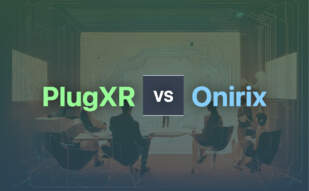Web AR experiences’ analytics and tracking enable a deep grasp of user engagement. With WebAR’s evolution, analysis extends past unique users and views, measuring interaction depth, AR environment dwell time, and user’s spatial interaction within a 3D scene. Metrics like dwell time and multiple page views per user indicate higher engagement levels.

In this article, you’ll explore WebAR analytics, understand how different engagement metrics work, and learn strategies for leveraging your AR content effectively.
The Power of WebAR Analytics
In today’s technologically advanced world, augmented reality (AR) has carved a niche for itself, especially in crafting immersive and interactive experiences. Analysing and understanding this dynamic realm requires innovative tools, of which WebAR analytics stands paramount.
Exploring how AR Analytics Present an Innovative Approach to Gauge User Engagement Levels in AR Campaigns
WebAR analytics provide an innovative way to quantify user engagement for AR campaigns. Unlike traditional digital analytics, it offers a more nuanced assessment of user engagement, encapsulating user interactions within a 3D scene, along with the depth of interaction and the time spent in the AR environment.
Discerning Between Unique and Page View Per User To Understand The Appeal of Your AR Content
While ‘unique users’ and ‘page views per user’ remain critical, WebAR analytics transcends these basic measures. It delves deeper into understanding the qualitative aspect of engagement: How well does the AR content resonate with the user? How are users interacting with the AR content? All these come into play while assessing user engagement through WebAR analytics.
- Unique Users: Unique users represent the total number of individual users who interact with the AR content.
- Page Views Per User: This is the number of times a unique user interacts or re-engages with the AR content.
- Depth of Interaction: This measures the complexity or the level of engagement a user has with the AR content.
- Time Spent: This reflects the duration a user spends within the AR environment, further indicating the user’s interest or fascination with the content.
- Spatial Interaction: This gauges the user’s physical interaction within the 3D scene, further enriching the understanding of user behaviour with AR content.
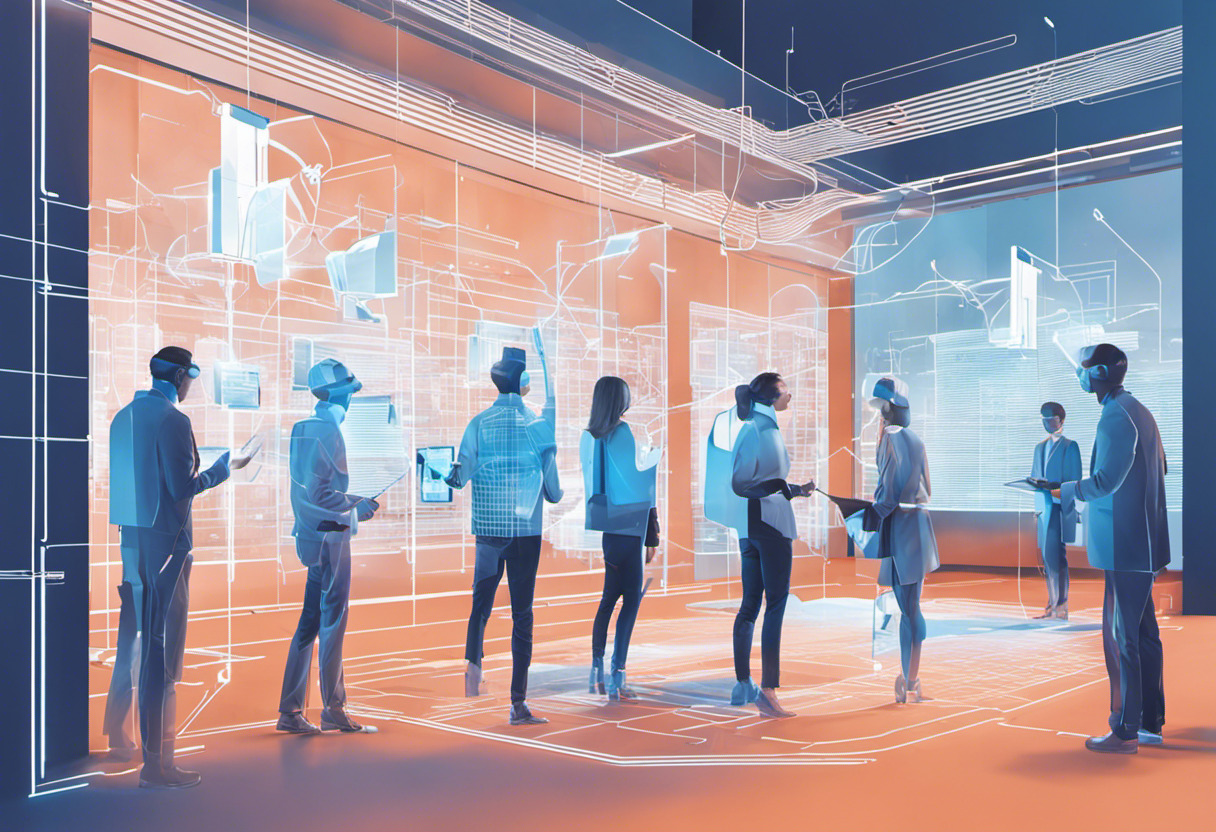
As the evolution of WebAR progresses, analytics extend beyond these to measure an array of performance indicators that critically help in refining the AR experience and better aligning it with user expectations. For an in-depth look into understanding WebAR tracking, this insightful article can shed more light on the subject matter.
| Metrics | Unique Users | Page Views Per User |
|---|---|---|
| Relevance | Indicates the total reach of the AR content | Signifies user engagement and repeat visits |
| Interpretation | Higher the better | Depends on the depth of AR experience provided |

WebAR analytics therefore offer an enhanced method of quantifying the effectiveness of AR experiences in both attracting and engaging users. By doing so, it provides a comprehensive understanding that helps in refining AR campaigns to their optimal effectiveness.
Decoding Engagement Metrics for WebAR
In our continual effort to explore the world of WebAR, it becomes paramount to understand the role of specific engagement metrics within the context of Augmented Reality (AR) experiences. While we tread on this path, our focus centres around three significant metrics: dwell time, engagement rate and page views per user.
Understanding Dwell Time, Engagement Rate and Page Views
For any digital content, the engagement level often correlates with the length of dwell time – the amount of time a user spends interacting with the AR content. A high dwell time is, thus, an indication of captivating content.
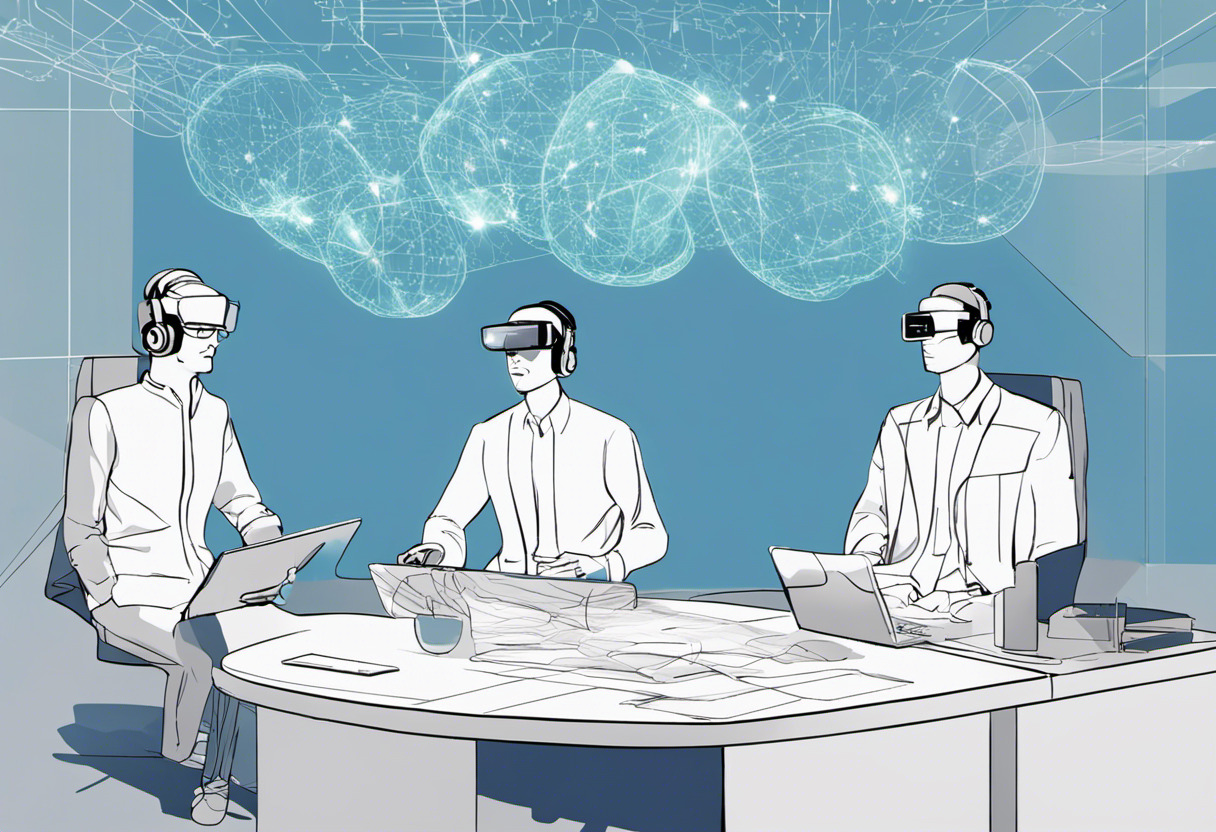
Similarly, the page views per user, representing the number of times a user engages with the AR content within a single session, also becomes crucial. The more the pages viewed in one sitting, the better the user finds your AR experience. These two metrics have proven to be reliable indicators of high engagement levels, which invariably, reflect positively on the brand experience facilitated by the AR content.
Unraveling Activation and Interaction within the AR Experience
Activation and interaction within the AR experience directly impact the assessment of user engagement. Measurement of these metrics allows us to decipher the effects of our AR content. The ‘Activation’ metric, in this context, corresponds to the number of times the AR experience is loaded by the users. However, ‘Interaction,’ on the other hand, shows the depth of user engagement with the AR elements.

For instance, the action of a user rotating a 3D model of a product in an AR-equipped shopping app would qualify as an interaction. By looking closely, these two metrics also provide clues about whether the users found the AR experience to be intuitive and engaging, thus influencing their decision to return.
Key Metrics: At A Glance
| Metrics | Description |
|---|---|
| Dwell Time | The time spent by the user interacting with your AR content. |
| Page Views Per User | The number of times a user engages with your AR content within a single session. |
| Activation | The number of times your AR experience is loaded by users. |
| Interaction | The depth of user engagement with AR the elements. |
An ideal engagement report should bridge these metrics together to create a holistic picture to improve your AR-enabled offerings based on hard data. But remember these insights also need to align with your specific business goals and your audience’s expectations.
You can achieve professional assistance and learn to craft responsive interfaces by diving deeper into how to effectively create WebAR responsive interfaces.
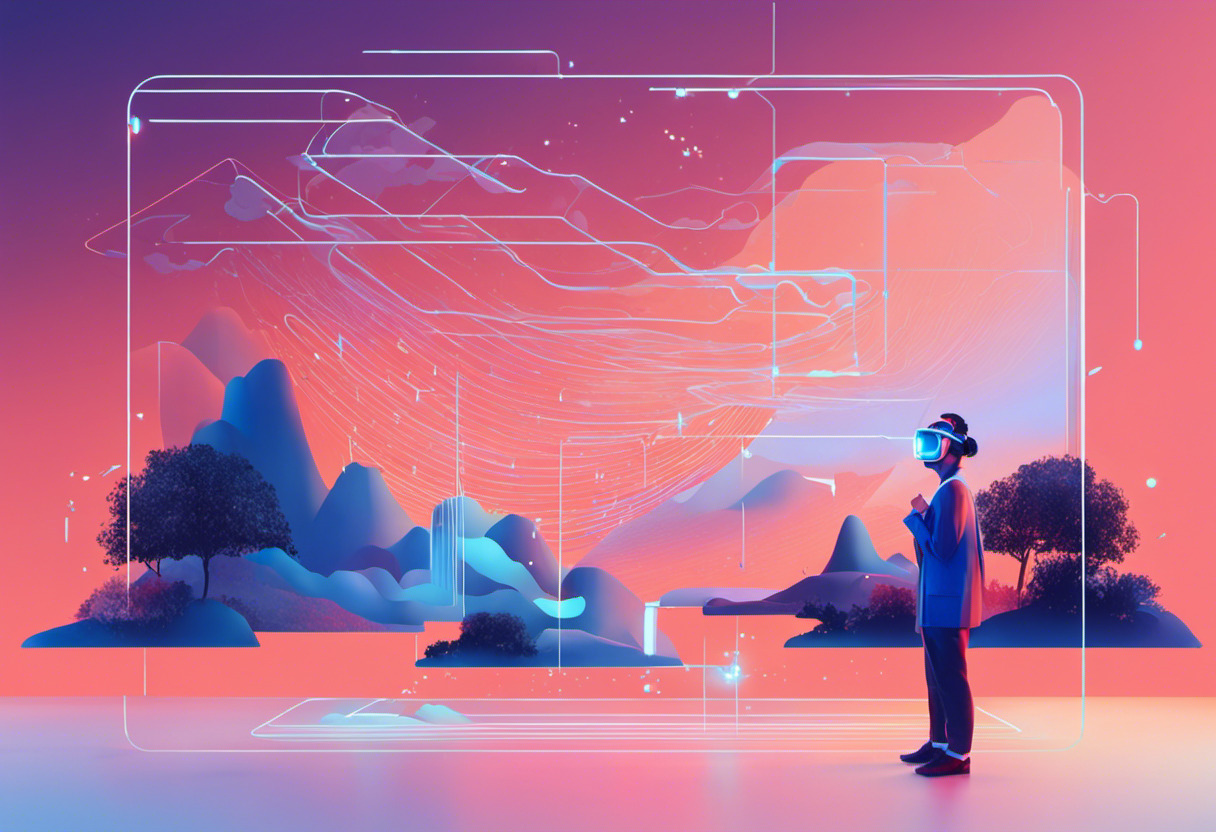
Effectiveness of WebAR Metrics for Brands
For businesses venturing in AR, these metrics significantly influence how they strategize to improve overall user engagement. In addition, they offer directions for creating AR experiences that resonate with the target audience.
Specifically, with high dwell times and multiple page views per user being indicators of rich engagement, brands can assess their WebAR effectiveness and continue refining their AR content according to feedback from these metrics.
Integrating WebAR into Diverse Marketing Channels
In today’s digital age, the use of Augmented Reality (AR) is rapidly redefining marketing strategies. Specifically, integrating WebAR into various marketing channels has shown signs of increasing brand engagement considerably. Given this, it’s high-time marketers and businesses delve deep into understanding the potential of WebAR-enhanced marketing.
The Impact of WebAR on Brand Engagement
For a start, the inherent appeal of AR experiences might contribute significantly to boosting engagement. WebAR campaigns have demonstrated an up to 95% increase in conversions and more than a triple rise in the engagement rate with branded content. This staggering figure showcases the power of WebAR as a marketing tool and its potential to transform consumer engagement.
Incorporating into Varied Marketing Areas
WebAR can be effectively integrated into multiple areas of marketing. Interestingly, the flexibility of AR technology allows it to be seamlessly incorporated into various marketing channels, creating an immersive experience for end-users.
Consider the following areas of marketing where WebAR can be effectively harnessed:
- Community building
- Digital Ads
- Out-of-Home (OOH) Advertising
- Events and Expos
- Broadcasting and Telecasting
Every one of these elements can be amplified using WebAR, giving rise to innovative user experiences and unparalleled audience engagement.
Real Examples of WebAR Integrated Marketing
Colorful examples of successful AR-integrated campaigns are many. Consider the benefits of WebAR over traditional app-based AR experiences.
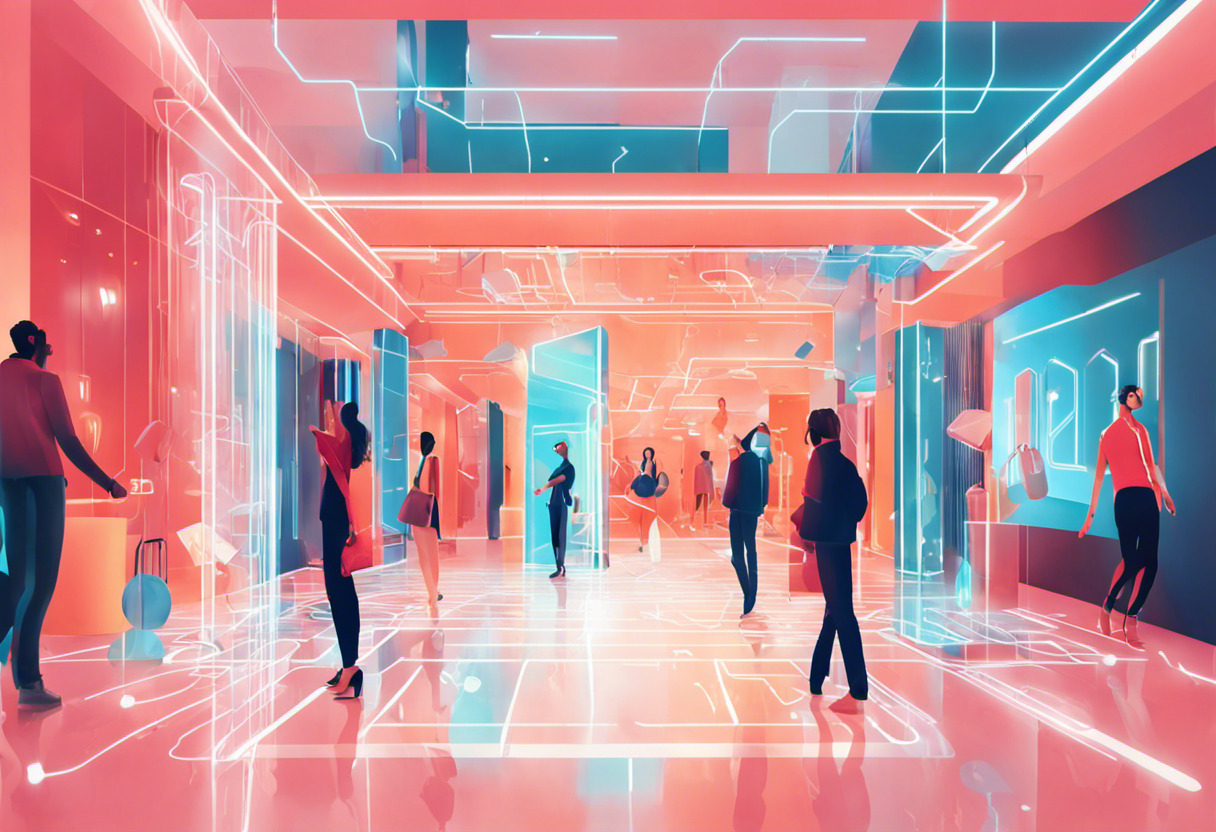
| Strategy | Benefit of WebAR Integration |
|---|---|
| Community Building | Augments user experiences by creating captivating and interactive contents. |
| Digital Ads | Enhances user interaction, making ads more persuasive. |
| OOH Advertising | Makes OOH ads interactive, easily catch viewers’ attention and promotes active participation. |
Boosting UX/UI
The user experience (UX) and user interface (UI) are significant aspects that need to be considered seriously. While WebAR in marketing offers a multitude of benefits, the success of campaigns also hinges heavily on a well-designed UX/UI. Understand the principles of WebAR UX/UI to craft tailored AR experiences that directly engage with users’ senses and emotions.

Ultimately, the integrated approach linking WebAR with various marketing channels not only escalates brand engagement but reinvents the whole narrative for user experiences. The future of marketing looks promising with WebAR, and it’s advisable for tech-savvy marketers and innovators to stay attuned to the ever-evolving WebAR paradigms.
Gauging the Impact: Spotlight on AR/VR Data Analytics
Analytics play an crucial role in the realm of Augmented and Virtual Reality applications. Real-time monitoring, efficient tracking and user behavior analysis are some of the imperative strategies for measuring AR/VR app performance. This section explores the volume of data these apps can generate, and its utility in making data-driven decisions.
Why Real-Time Monitoring is Essential in AR/VR
Real-time monitoring is extremely beneficial in the world of AR and VR. It allows analysts and developers to track user interactions and respond to system performances with an immediacy that can greatly enhance the user experience. A notable point is that real-time tracking isn’t simply about monitoring current interactions, but it also includes predicting future trends based on past user behaviors.
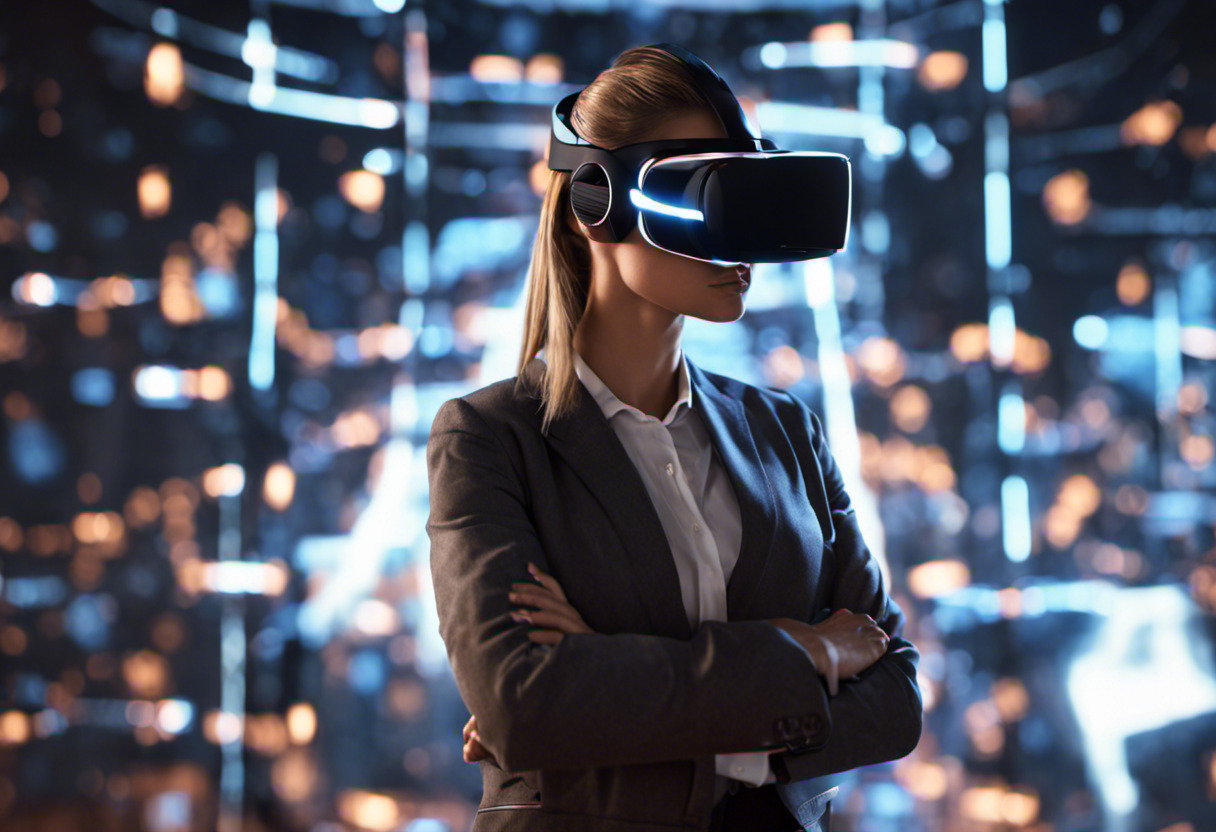
In addition to the advantages above, real-time tracking also lets us monitor elements like gaze, attention, body movements, and speech. These unique user behaviors provide detailed insights about user interaction patterns with the AR content, allowing us to further fine-tune and optimize the AR/VR experience.
The Significance of Efficient Tracking
Efficient tracking in AR/VR is about more than just following a single moment or interaction; it encompasses the duration of user engagement as well.
This forms a critical part of analyzing and understanding the overall effectiveness of AR and VR applications. To explain this more clearly, consider the following points:
- Engagement Length: The length of time users engage with an application speaks volumes about the quality and appeal of the AR or VR experience.
- User Returns: Users returning to the application after their initial experience indicates a long term interest in your application.
- Movement: Understanding how users physically navigate within your AR/VR environment can provide valuable insights into the intuitiveness and usability of your application.
- Interaction: Tracking what users interact with the most could help in focusing on certain aspects or features in future updates or revisions.
Data Extraction and its Utility in Decision Making
Data derived from AR/VR apps can be a powerful tool. It can help in refining the application features, anticipating future trends and customizing the user experience. When effectively analyzed, this data can produce valuable insights driving business strategies.
| Data Type | Description | Application in Decision Making |
|---|---|---|
| Gaze | The direction in which a user is looking within the AR/VR environment | Helps to identify key areas of interest or relevance in the application |
| Attention Span | Duration a user spends time on a particular feature or area in the application | Highlights features that hold user interest, aiding in enhancing those features in future updates |
| Body Movements | User’s physical navigation in the AR/VR environment | Helps to understand the intuitiveness of the environment and to improve its navigability |
| Speech | The words and phrasing a user employs while interacting with a conversational AI within the application | Improves AI programming and responses for a more natural interaction experience |
For deeper insights on effective practices and techniques to improve the performance of your AR/VR applications, visit this guide on methods to optimize your WebAR application’s performance based on user data. By considering the data analysis techniques discussed above, you can make impactful strides in improving your AR/VR applications.
Maximizing WebAR Effectiveness: Key Tips and Practices
Augmented Reality (AR) has lent many innovative solutions to interactive marketing, with WebAR being the latest addition to the family. Just like its siblings, the success of a WebAR campaign is all about engagement and how deeply you can immerse your users in the experience. So, how do we maximize the effectiveness of WebAR? Here are the key tips and practices.
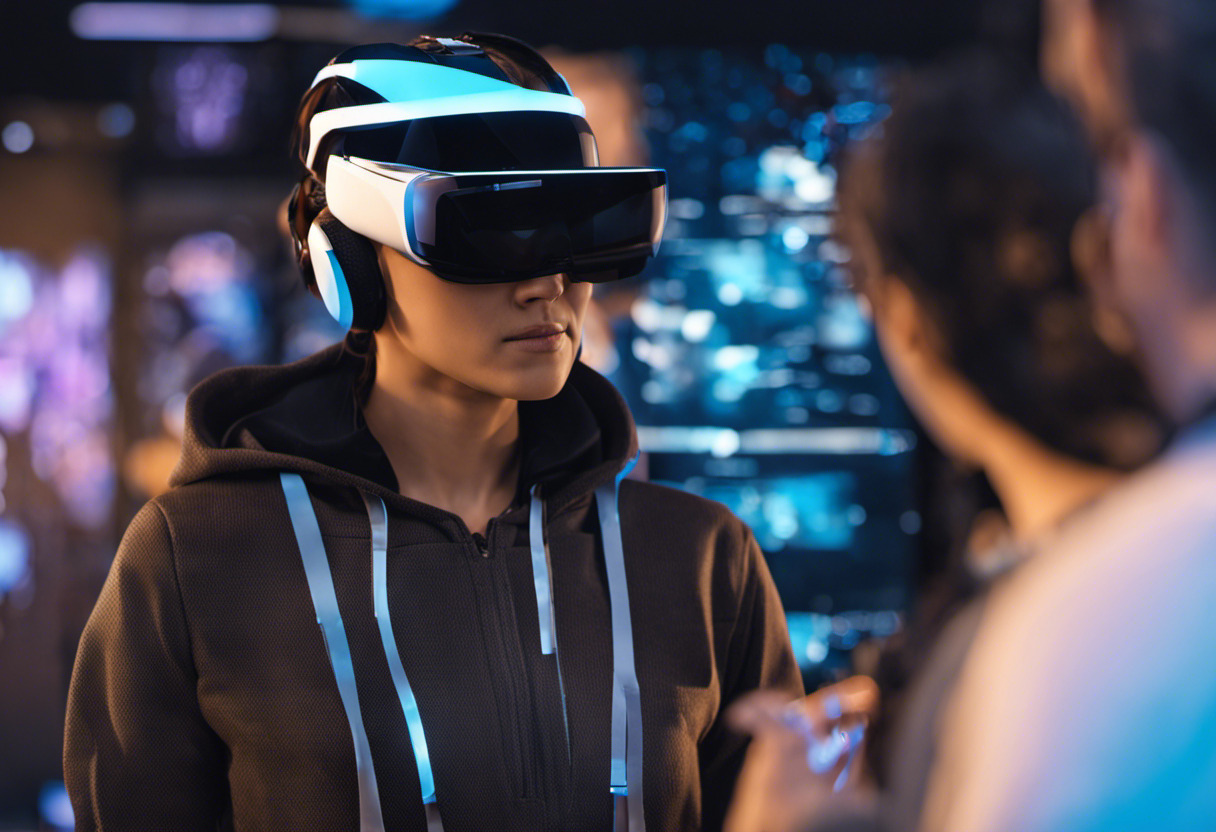
Delving into Actionable Strategies for Leveraging WebAR Content
In a world that is leaning heavily towards interactive and immersive experiences, WebAR comes as a golden opportunity. It doesn’t just give you the option of delivering your message; it lets you make your message a part of the user’s life. However, to achieve that, you need to leverage your WebAR content effectively. Here are the core factors you must consider.
- User Experience: UX is the heart and soul of any web technology. With WebAR, it becomes critical to focus on delivering a memorable user experience.
- Brand Alignment: Your WebAR content should align with your brand’s identity and product goals to ensure a dynamic and authentic representation of your inspiration.
As the significant data point suggests, an effective WebAR campaign is the one that facilitates a user experience that is memorable while also being in line with the brand and product goals. This balance is vital not just for the success of the campaign but also for the positive image of the brand.
Garnering High-Quality Dwell Time
Dwell time has emerged as one of the most important engagement metrics for WebAR. However, it’s the quality of the dwell time that matters more than the quantity. High-quality dwell time is when a user is actively engaged with WebAR content instead of being passively present.
The primary route to ensure high-quality dwell time is through layered interaction. The more interactive elements you possess in your WebAR content, the higher the probability that users will engage with it. However, it’s also crucial to balance the interaction to avoid clutter and overwhelm the user.
Optimal User Flows and Meaningful User Engagement
Just as with traditional web services, user flow is essential in the context of WebAR. Figuring out the optimal user flow in your WebAR experience can improve user engagement immensely.
- Define Objectives: Be clear about what action you want your users to take with your WebAR content.
- Understand Your Users: Knowing your user’s patterns, preferences, and behaviors is key to designing an optimal user flow.
User engagement is the end goal of any WebAR campaign. Every aspect of your WebAR experience, from inception to deployment, should focus on keeping users meaningfully engaged. You can take guidance from this comprehensive tutorial on creating impactful WebAR experiences to gather in-depth knowledge about designing an effective personable campaign.
Patrick Daugherty
Content writer @ Aircada. Merging AR expertise with a love for late-night gaming sessions.





